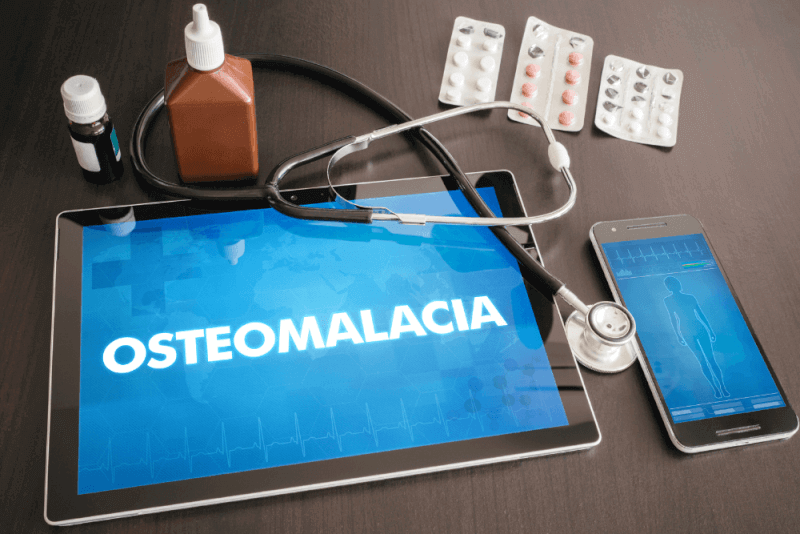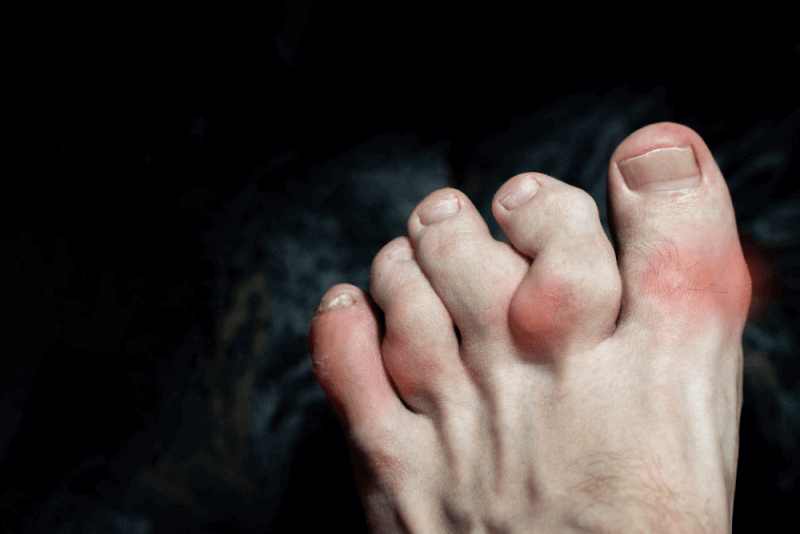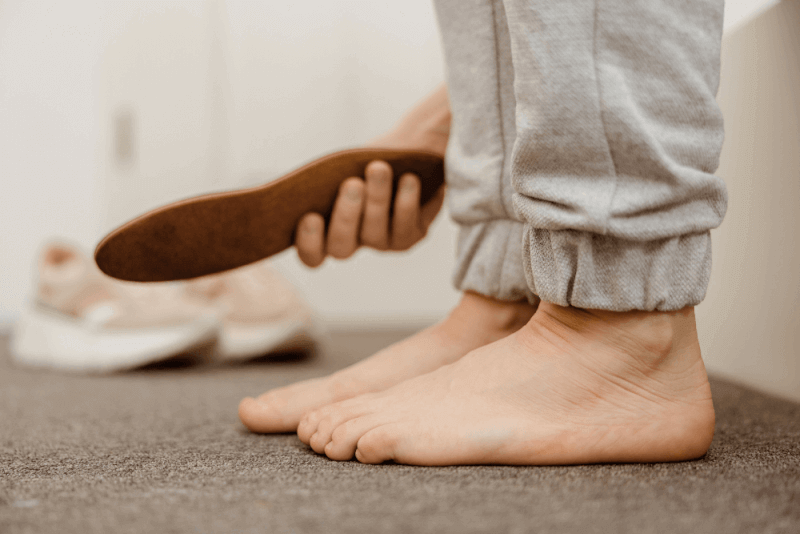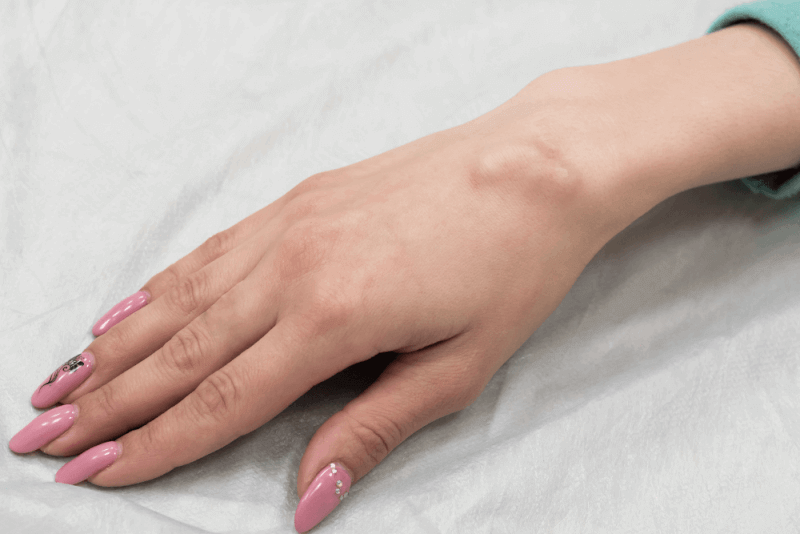What is Osteomalacia?
Osteomalacia, also known as bone softening, is a condition that occurs when there is a deficiency of minerals in the bones. This results in bones that are weaker and softer than their normal structure. The deficiency of minerals such as calcium and phosphorus in the bone structure is due to a lack of vitamin D. It affects the structural integrity of the bones and leads to softening.
Osteomalacia caused by vitamin D deficiency and low calcium can be compared to osteoporosis, but the two diseases are different. It can lead to loss of muscle strength, bone fractures, or pain. In people with osteoporosis, there is a loss of bone strength and deterioration of bone quality rather than bone softening.
Causes of Osteomalacia
The main reason for the occurrence of osteomalacia is the disruption of the mineral levels in the bones. It is usually caused by a deficiency of vitamin D, but different factors can also lead to this condition. Some causes of osteomalacia are as follows;
- Insufficient nutrition in terms of phosphorus, calcium, and vitamin D leads to problems in bone health. Inadequate and unbalanced nutrition disrupts the mineral balance in the bones.
- In people with intestinal diseases such as celiac and Crohn's, digestion problems affect the bones as well.
- In individuals with kidney disease, calcium balance and the use of vitamin D can become difficult, leading to bone health problems.
- The liver is responsible for processing vitamin D and regulating calcium in the body. There is a high risk of osteomalacia in liver diseases as well.
- The use of certain medications creates problems in the absorption of vitamin D and can harm the bones. Long-term use of corticosteroids or epilepsy medications can cause bone weakening.
- Factors such as alcohol, smoking, inactivity, and obesity also increase the risk of osteomalacia.
Symptoms of Osteomalacia
There are some common symptoms frequently seen in osteomalacia. These include hip pain, bone pain, easy bone fractures, and muscle weakness. Other symptoms of osteomalacia are as follows;
- Difficulty walking and moving
- Muscle weakness
- Easy bone fractures
- Hip pain
- Hand and foot spasms
- Fatigue
- Numbness in legs and arms
- Sensitivity to minor impacts
Diagnostic Criteria for Osteomalacia
- The doctor examines the patient's symptoms and medical history and provides detailed information about symptoms such as pain and muscle weakness.
- The patient's muscles and bones are examined, and areas with abnormalities and sensitivities are evaluated.
- Blood tests are performed to check levels of calcium, vitamin D, phosphorus, and other values affecting the bones to investigate the causes of osteomalacia.
- A bone biopsy is performed to take a sample of bone for laboratory examination, identifying deficiencies in mineral levels.
- The bone structure is evaluated using imaging methods such as computed tomography (CT), magnetic resonance imaging (MRI), and X-rays. Deformities and weaknesses in the bones are visualized.
Treatment Methods for Osteomalacia
Diagnosing osteomalacia is often difficult because it is confused with diseases such as osteoporosis or rickets. People living in areas where vitamin D deficiency is possible or individuals at risk should have regular check-ups. Monitoring minerals and vitamins is important in preventing osteomalacia.
Bone scans, lifestyle changes, and dietary adjustments improve bone health and reduce the risk of bone diseases. In early-diagnosed osteomalacia, vitamin D supplementation and other vitamin supports are usually provided. In advanced osteomalacia, surgical intervention may be necessary to correct bone damage. A diet rich in vitamin D is implemented. Some foods rich in vitamin D include;
- Red meat
- Cheese
- Milk
- Egg
- Parsley
- Salmon
- Chicken
- Nettle
Difference Between Osteomalacia and Osteoporosis
Osteomalacia and osteoporosis are often confused due to similar symptoms and their occurrence in the bones, but they are different diseases. The main difference between osteomalacia and osteoporosis is that in osteoporosis, bone softening generally does not occur; instead, there is a deterioration in bone strength and quality. In osteomalacia, bones soften and weaken.
The cause of osteomalacia is mostly a deficiency of calcium, phosphorus, and vitamin D. Osteoporosis occurs as a result of an imbalance in bone formation and resorption. Vitamin D supplementation is necessary for the treatment of osteomalacia, while exercise is usually recommended to maintain bone strength in the treatment of osteoporosis.
Difference Between Osteomalacia and Rickets
Rickets is a disease seen in children and does not occur in adulthood. In rickets, bone development continues, but there are problems in the bones. Osteomalacia occurs in adulthood. Both osteomalacia and rickets are caused by a deficiency of vitamin D and calcium, but rickets is seen during childhood.








